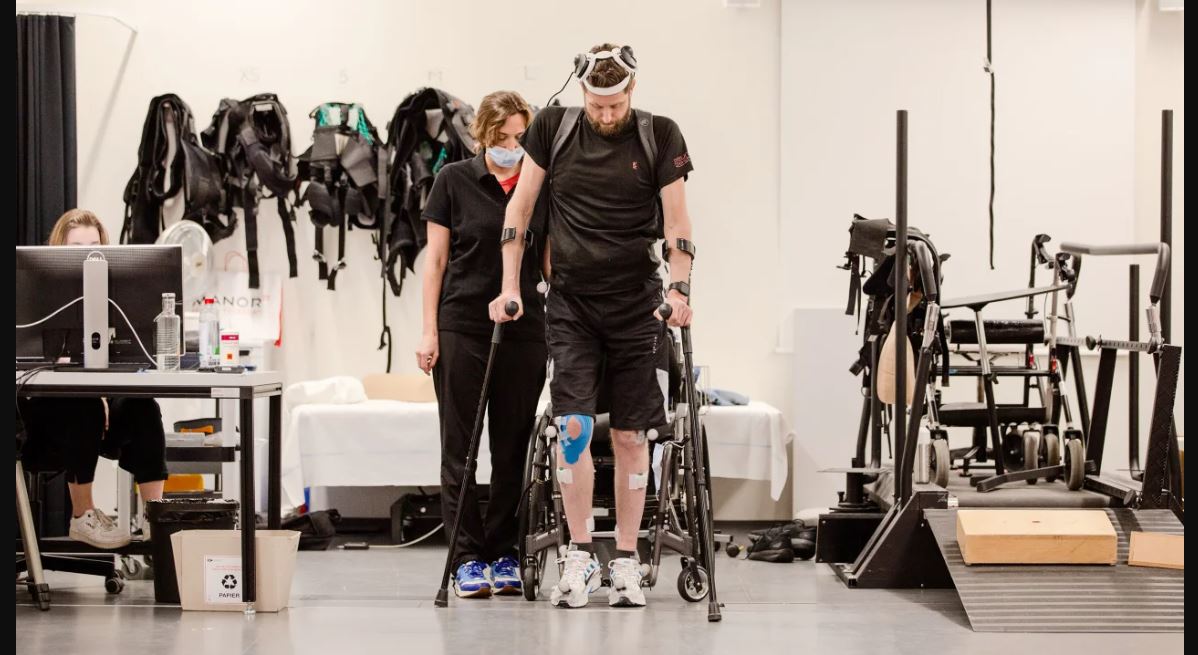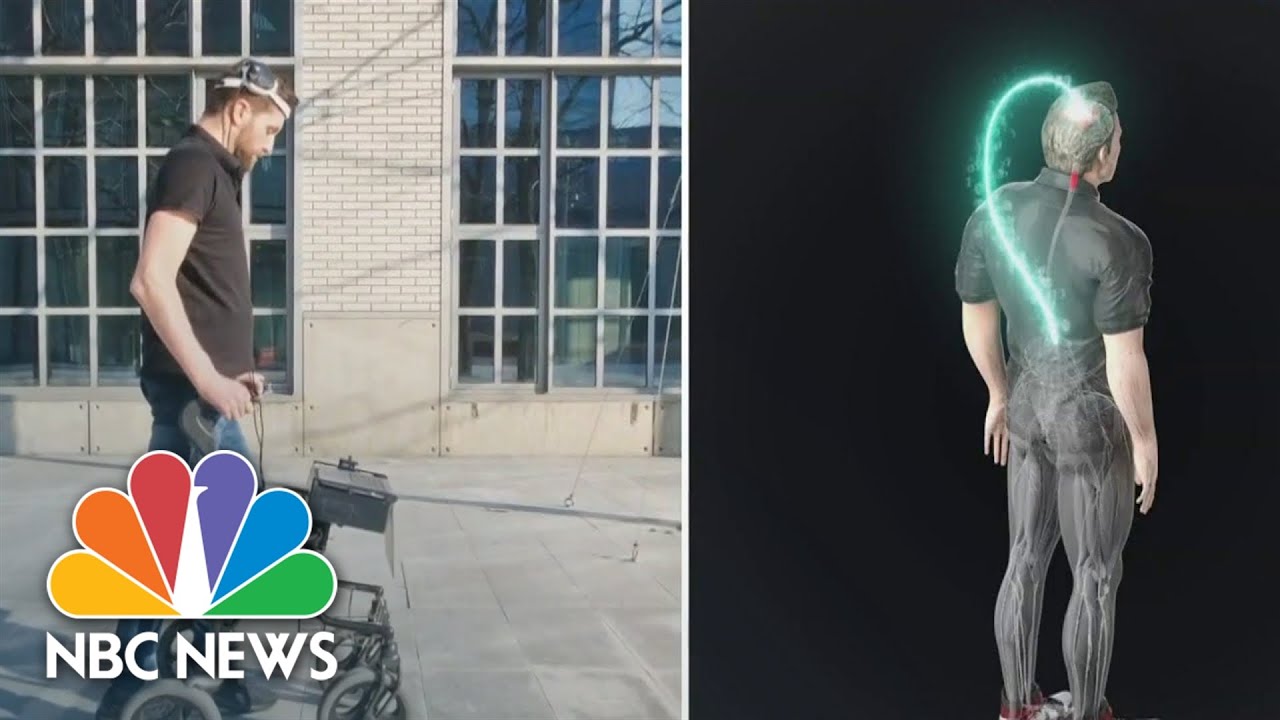Breakthrough Brain-spine Implants Enable Paralyzed Man To Walk Naturally
Breakthrough brain-spine implants enable paralyzed man to walk naturally as the newly released research highlights a remarkable breakthrough in the field of medical devices. The man with paralysis was able to regain natural walking abilities over ten years after sustaining an injury.
Author:Hajra ShannonReviewer:Paula M. GrahamMay 30, 202351 Shares12.7K Views

Breakthrough brain-spine implants enable paralyzed man to walk naturallyas the newly released research highlights a remarkable breakthrough in the field of medical devices. The man with paralysis was able to regain natural walking abilities over ten years after sustaining an injury.
Led by Dr. Grégoire Courtine and his team at the Swiss Federal Institute of Technology in Lausanne, the researchers developed and implemented a groundbreaking "brain-spine interface." This innovative technology establishes a direct neurological connection between the brain and spinal cord.
The procedure involved the implantation of devices in the patient's brain, which accurately tracked his intentions for movement. These neural signals were wirelessly transmitted to an external processing unit, akin to a backpack, which then translated the intentions into commands. These commands were relayed back to the patient's muscles through a second implant, stimulating them and enabling natural movement.
The remarkable outcomes of this study, published in the prestigious journal Nature, showcased the success achieved with one participant from the Netherlands. Gert-Jan Oskam, a 40-year-old individual who had been paralyzed for over a decade due to a motorcycle accident in China, experienced impaired functionality in his legs, arms, and trunk. However, through the implementation of the brain-spine interface, he was able to regain the ability to walk naturally.
This groundbreaking research paves the way for future advancements in neurotechnology and holds great promise for individuals living with paralysis. By establishing a direct link between the brain and spinal cord, medical professionals may be able to offer new avenues of treatment and rehabilitation for patients with similar conditions, ultimately improving their quality of life.
During a briefing with journalists this week, Oskam said:
“„My wish was to walk again, and I believed it was possible. I tried many things before, and now I have to learn how to walk normal again, like natural, because this is how the system works.- Gert-Jan Oskam
According to Oskam, he can now walk a distance of at least 100 meters (approximately 330 feet) on certain days, and he can stand without relying on his hands for a few minutes. He has found these newfound abilities to be extremely beneficial in his daily life. For instance, he was able to independently complete a painting task that required standing, which he previously would have needed assistance with.

Paralyzed man able to walk again with brain and spine implants
While previous research has demonstrated that targeted electrical pulses can stimulate specific leg areas required for walking, this innovative technology takes it a step further. The brain-spine interface developed by Dr. Grégoire Courtine and his team allows for smoother movements and better adaptation to varying terrains. By re-establishing the connection between two regions of the central nervous system that were disrupted due to the spinal cord injury, the technology enables more seamless and natural walking.
The implications of this research are significant as it opens up possibilities for individuals with paralysis to regain greater mobility and independence in their daily lives. The ability to reconnect the brain and spinal cord through this interface offers promising prospects for enhanced rehabilitation and improved quality of life for those affected by spinal cord injuries.
Prior to participating in the study, Gert-Jan Oskam had already undergone previous implantation of stimulation devices. However, in that earlier approach, he had to initiate a specific movement in order to trigger the stimulation.
“Now, I can just do what I want, and when I decide to make a step, the stimulation will kick in,” he said.
Dr. Grégoire Courtine explained that the stimulation provided through the brain-spine interface offers Gert-Jan Oskam a remarkable level of control. Oskam now possesses full command over the stimulation parameters, allowing him to start, stop, walk, and even climb staircases.
The surgeries conducted to implant the devices resulted in the establishment of rapid and reliable neurological communication channels. Remarkably, Oskam was able to take steps within a day of receiving training with the system.
The connection between his brain and spinal cord has remained consistently reliable for over a year, even during his time at home. This continuity in functionality has allowed Oskam to regain enough strength to take steps even when the stimulation is turned off, showcasing the sustained benefits of the technology.
Although Oskam was the first participant in the trial, researchers are optimistic about the future potential of this approach. The success of this research validates the possibility of restoring a neurological link between the brain and spinal cord, with the connection being established rapidly.
Conclusion
The researchers believe that expanding the scope of this connection could provide assistance to individuals with arm and hand paralysis or those who have experienced a stroke. They also aim to improve the portability of the system by reducing its size, making it more accessible for everyday use.
“The concept of a digital bridge between the brain and spinal cord augurs a new era in the treatment of motor deficits due to neurological disorders,” the researchers wrote.
Jump to

Hajra Shannon
Author

Paula M. Graham
Reviewer
Latest Articles
Popular Articles